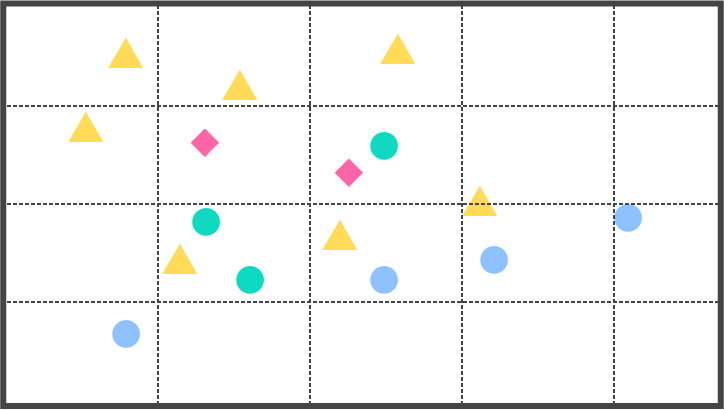Information on radioactivity related to food is available here.
You can check the level of radioactivity in various food, and committed effective doses for evaluating the impact of radioactivity taken into our bodies through food consumption.
Regarding the use of the data, check our site policy.
Radioactivity Concentration in Food
You can check the level (concentration) of radioactivity contained in food.
For detailed data, please search using the Environmental Radiation Database.
Data Correlation Diagram

This diagram shows the correlation between the concentration of strontium-90 (Sr-90) and cesium-137 (Cs-137) in various food products.
From this diagram, we can see the trends that Sr-90 is equal to or higher than Cs-137 in plant-based food, while Cs-137 is higher in animal-based food.
Data Scatterplot Diagram

This diagram shows the concentration of strontium-90 (Sr-90) and cesium-137 (Cs-137) in various food products.
The data shown in red (2003) is generally lower than the data shown in blue (1989-1998). This indicates that Sr-90 and Cs-137 released by atmospheric nuclear explosion tests conducted up to 1980 and that released by the 1986 Chernobyl Nuclear Power Plant accident in the former Soviet Union are gradually reducing with time.
Download the data scatterplot diagram for strontium-90 (Sr-90) *Japanese Only
Download the data scatterplot diagram for cesium-137 (Cs-137) *Japanese Only
Radiation Dose Received from Food (Committed Effective Dose)
Some radioactive materials are widely present in nature and contained in food.
Through consumption of food, such radioactive materials are taken into the tissues of our bodies. By this, while small in quantity, we receive radiation inside our bodies on a daily basis (internal exposure).
The standard used for evaluating the impact of internal exposure is called committed effective dose, which is explained here.





